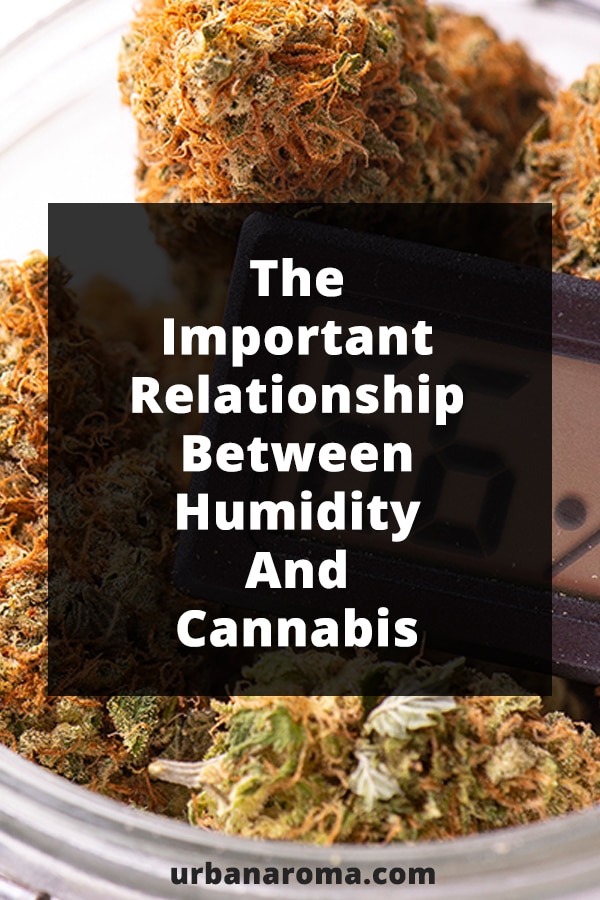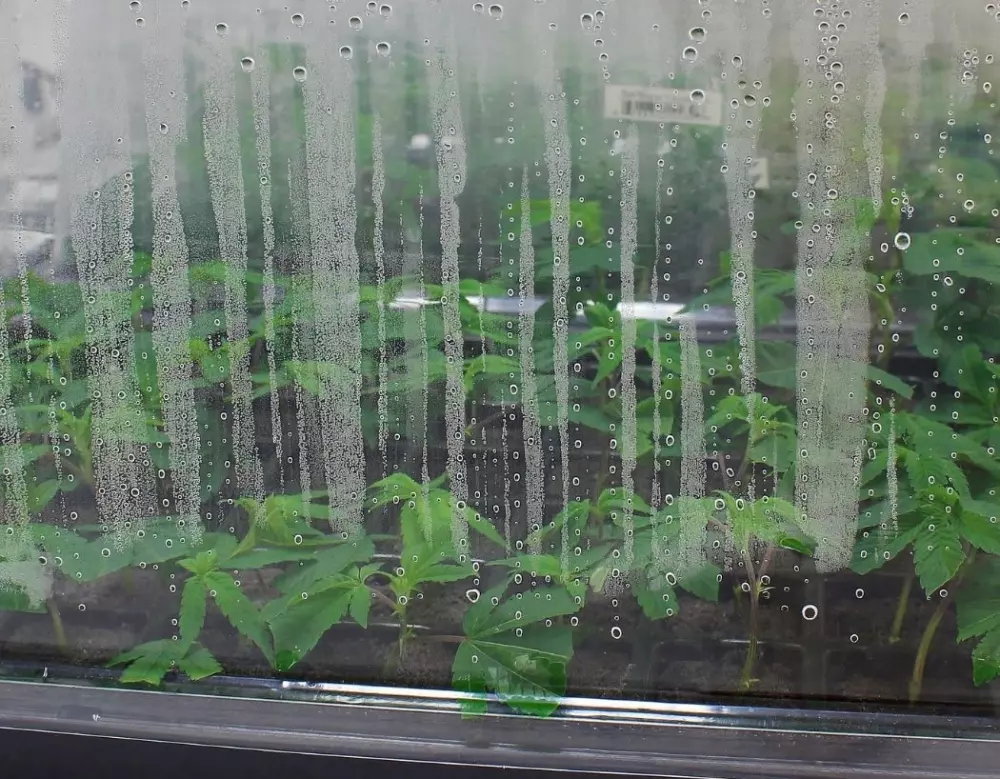When you grow and harvest cannabis, by the time you have the final product in your hands, hopefully your buds are perfectly dried, dense nuggets of goodness. But getting it to that point is a fine balancing act, regardless of how big or small your indoor garden is. And no matter how elite your seeds may be or how green your thumb is, your canna-baby won’t stand a chance if your humidity isn’t on point.
From seed to harvest, maintaining the correct balance of humidity is one of the trickiest problems a grower faces. In the early stages of the plant’s life, incorrect humidity levels can severely stunt its growth. And in the flowering stage, high humidity can, and will, lead to bud rot. There’s nothing worse than opening up the top cola of a beautiful plant that you’ve been watching grow for months only to find that it’s rotten inside.
And just like it’s critical to maintain proper levels of moisture while you’re growing, it’s just as important to watch those levels once you’re in the drying phase. I’ve seen veteran growers mess up an immaculate harvest because they rushed the drying process, or tried to suck out too much moisture at once. This results in weed that smells like nothing, tastes like nothing and burns your throat when you smoke it. And nobody wants that!
Regulating Humidity for a Great Grow
Humidity and temperature are inextricably linked, but we are going to focus on how to avoid disastrous outcomes just by regulating your humidity. Obviously, all of these rules go out the window when growing outdoors. Luckily we’re still at the mercy of Mother Nature, and what she says, goes. Certain varieties are better suited for growing outdoors, whether it be looser buds like some sativas, or a resistance to pests — but that’s a story for another day.
[caption id="attachment_7639" align="alignleft" width="1200"]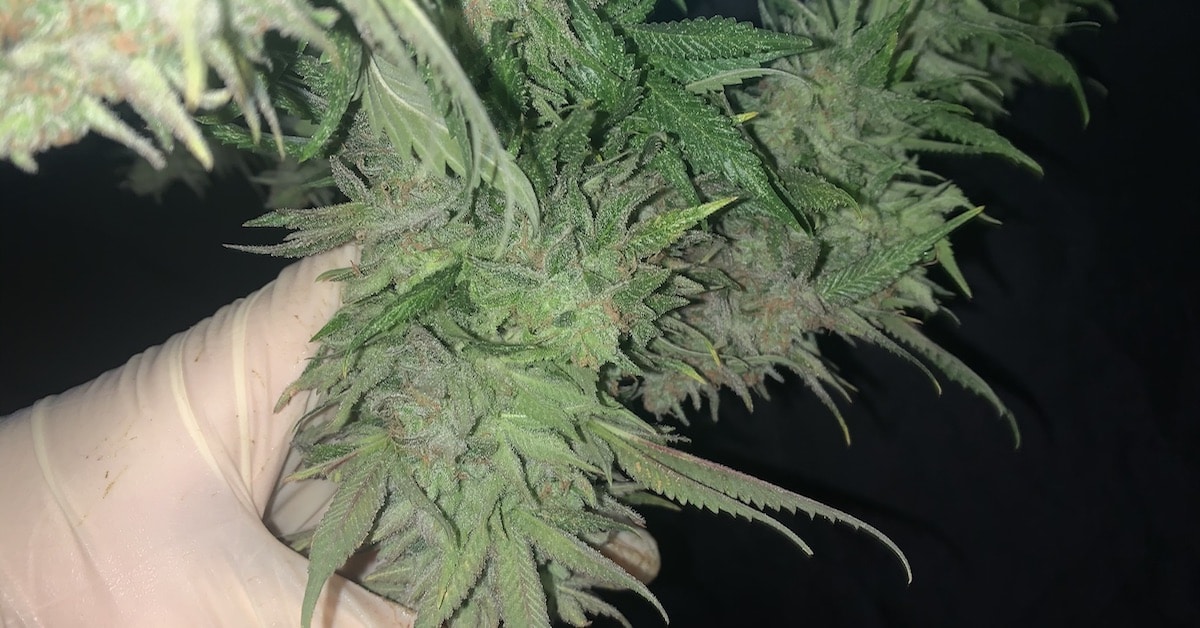 Healthy plants flourish with the right humidity levels.[/caption]
Healthy plants flourish with the right humidity levels.[/caption]
The cannabis plant requires varying levels of humidity throughout its life cycle, and these needs change as the plant passes through the four stages from seed to harvest:
Seedling
When Miss Mary is just a wee seedling, she’s most comfortable with humidity levels around the 65-70% mark. The root system is not well established yet, so clones and seedlings take in a lot of moisture from the air through their leaves.
Vegetative
As the babies grow and establish more roots, the humidity levels should be lowered by 5% each week. The roots are now taking in water and nutrients. The range here is a bit broader: 40-60%, and this will vary according to temperature as well. The plant is hearty at this stage, but growth will be slowed down if conditions aren’t ideal.
Flowering
This part is where you can’t afford to mess up. It’s massively important that you get your humidity levels down to 40-50% once you switch your babies over to flowering. Some growers try to go as low as 30% in the last couple of weeks of flowering. Just make sure you don’t get over 60% — that’s the Danger Zone.
[caption id="attachment_7640" align="alignleft" width="1200"]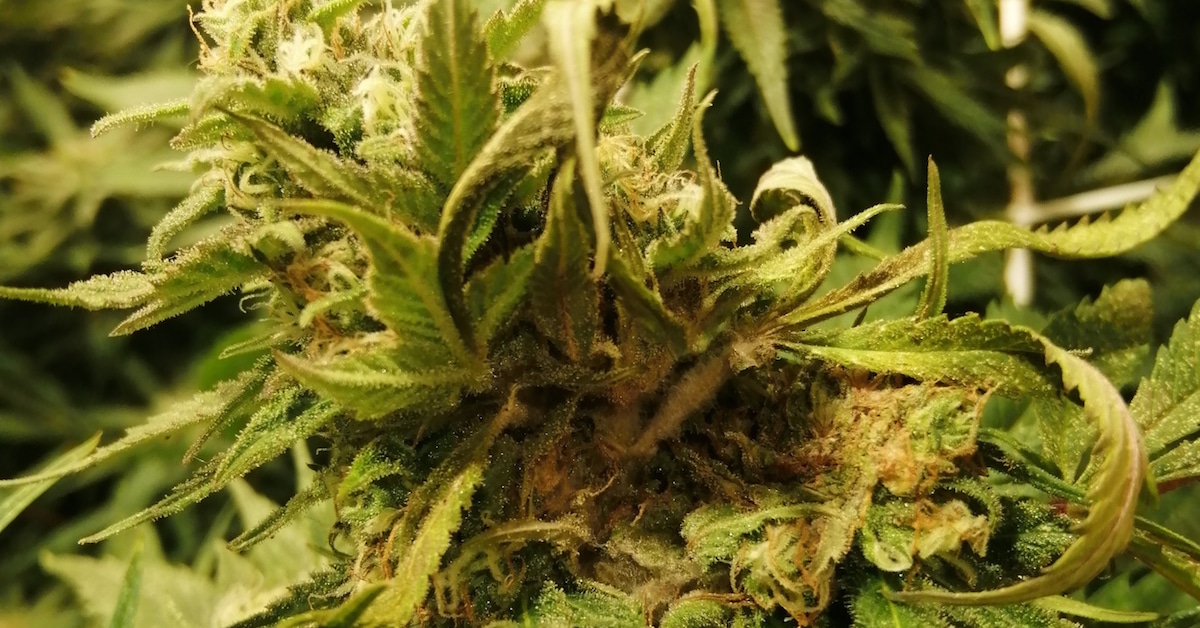 This tragic bud rotted from the inside due to high humidity.[/caption]
This tragic bud rotted from the inside due to high humidity.[/caption]
What’s the Danger Zone?? When there is too much humidity in the air, and you’ve got lots of tight buds, it's a recipe for disaster. The buds trap the moisture and rot from the inside out. Often by the time the rotting shows, it’s too late and the whole bud — if not the whole plant — has to be sacrificed.
Drying
Freshly-cut bud can be up to 75% water, and that water has to evaporate before the cannabis can be smoked. The first three days are key — this is when you should try and suck the bulk of the moisture out of the buds. Your drying room should be at 50% humidity, and be kept quite cool (around 20°C). After 3 days you should raise the humidity to 60% to keep the weed from drying out too quickly and really messing with the flavor profiles.
[caption id="attachment_7638" align="alignleft" width="1200"]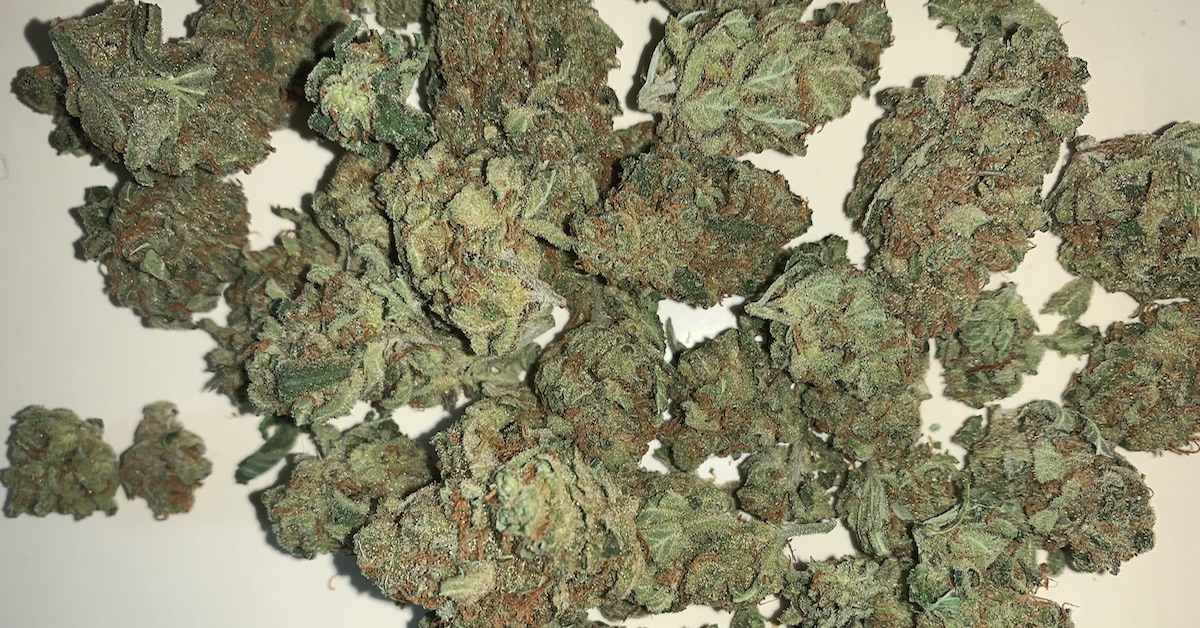 Properly cured buds.[/caption]
Properly cured buds.[/caption]
How to Adjust Humidity Levels
It’s hard to get into the conversation about how to best adjust humidity levels without taking temperature into consideration, but here are some quick tips. The basic principle that you’ve got to keep in mind is that warm air holds more humidity than cold air, so lowering or raising your temperature slightly is always a good starting point — as long as you’re not overheating or freezing your plants.
LOWER Humidity
- A dehumidifier is your best friend — don’t cheap out, get something decent!
- Increase the fresh air supply
- Water your plants right after the lights turn on
- Place a fan in your growing area to keep the air circulating
RAISE Humidity
- Keep the surface of your soil moist (not wet!)
- A mister or spray bottle is a good method if you only need to raise the humidity a little bit
- Hang wet towels in your grow space, or put a few containers with water in it
- If your humidity levels are really low, a humidifier is a pricey but effective solution
If you stay within these ranges, you’ll be alright. There are of course millions of other factors to consider — lighting, nutrients, strains, airflow, etc. — but getting the humidity right in your grow room or tent is the first stepping stone to a successful harvest.
